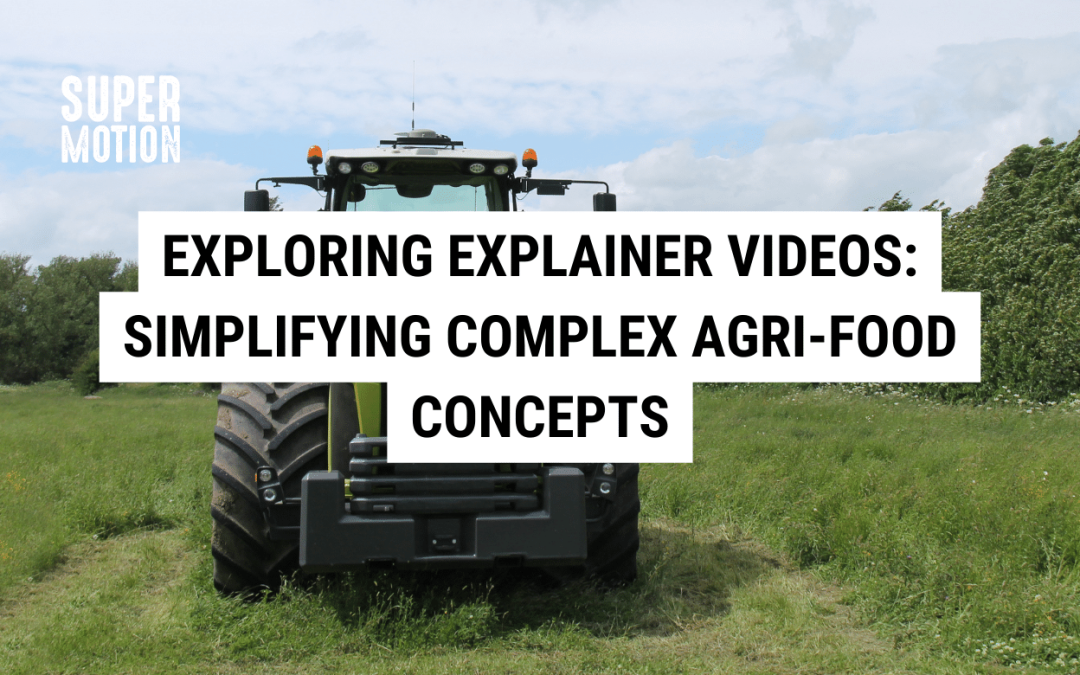
Exploring Explainer Videos: Simplifying Complex Agri-Food Concepts
Exploring Explainer Videos: Simplifying Complex Agri-Food Concepts
In a sector like the Agri-Foods industry, it can be difficult to convey complex topics in a way that is easy for your target audience to understand.
That’s where explainer videos come in. Explainer videos are a powerful tool used to simplify complex information in a quick, concise, and engaging way.
In this post, we’ll dive deep into what explainer videos are, how they work, their benefits, and how they can help Agri-Food businesses convey information to their customers more effectively.
What are Explainer Videos?
Explainer videos are short videos that explain complex ideas or concepts to a target audience in an easy-to-understand, concise, and engaging way.
They usually last between 60-90 seconds and could come in different formats, such as animated, whiteboard, motion graphics, and live-action videos.
Explainer videos aim to make learning fun and engaging by using a combination of visuals, sounds, and text to illustrate concepts.
Explainer Videos: Simplifying Complex Agri-Food Concepts
For audiences that aren’t familiar with your business, the Agri-Foods industry can be difficult for people to understand.
However, for the sector to remain successful, it needs to convey complex information in an easy-to-understand format — especially for understanding production processes and practices, which often differentiate your product from your competition.
With explainer videos, Agri-Food businesses can break down complex concepts into easily digestible parts. These videos can help businesses in the sector communicate the features and benefits of their products to audiences unfamiliar with their industry.

Animation vs. Live-Action: Which is better for Agri-Foods Explainer Videos?
Explainer videos come in two primary formats: animation and live-action videos.
Animation videos use animated characters, moving objects, and graphics to convey information, while live-action videos use real-life subjects in motion pictures.
Both formats have their advantages and disadvantages.
Animation videos are often preferred because they can be more engaging and fun.
While live-action videos would be more favourable if you’re looking to showcase your facilities, production processes, or the skill and dedication of your team.
Use Cases in Agri-Foods
Explainer videos have several applications in Agri-Food. They can help businesses promote and explain products and services, showcase a brand’s value proposition in a competitive market, increase brand recognition, and boost customer engagement.
Explainer videos can also be used to educate customers about agricultural and environmental issues, food safety and nutrition, and help them make informed decisions while buying products.
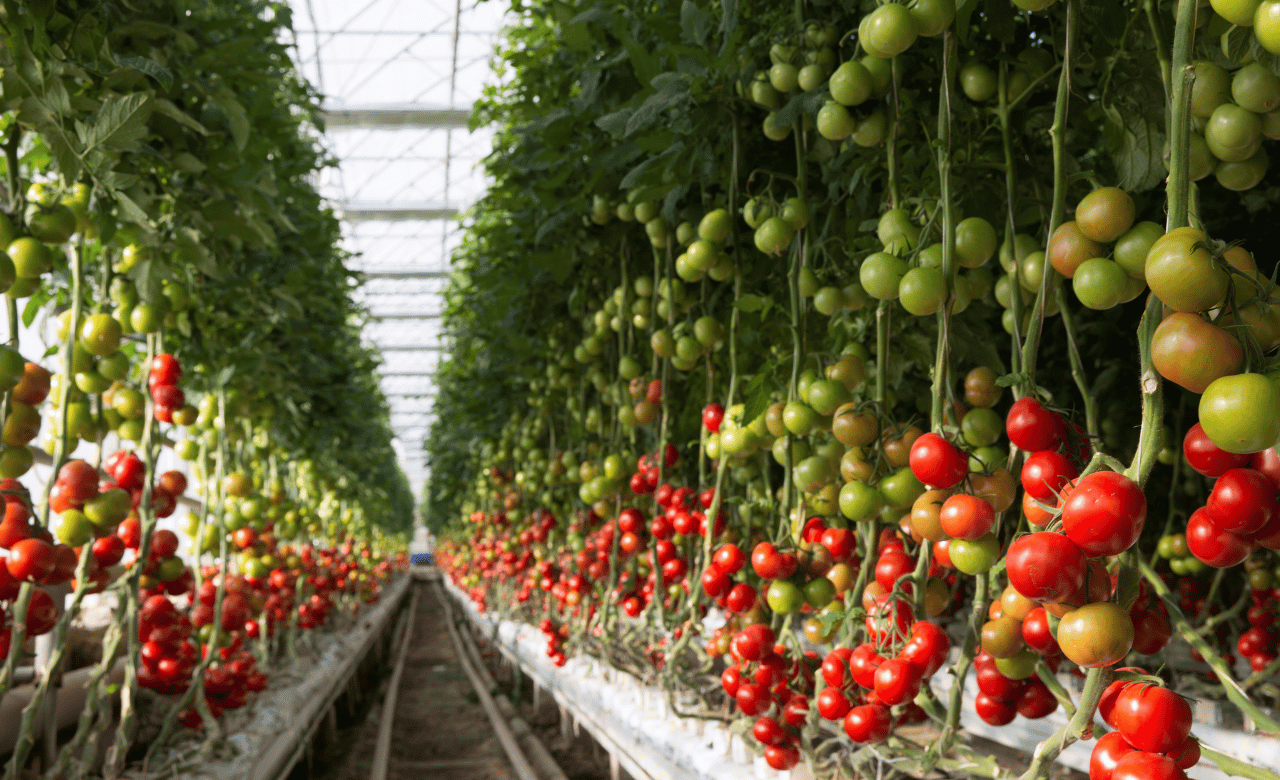
Benefits for Agri-Food Sector
Explainer videos provide several benefits for the Agri-Food sector. One of the most significant advantages is that they enhance customers’ understanding and retention of complex Agri-Food concepts.
They are also ideal for creating an emotional connection with customers, which can lead to increased engagement, brand loyalty, and increased conversion rates.
Key Elements: Script, Visuals, and Voiceover
To create successful explainer videos, you need to get the script, visuals, and voiceover right.
The script should be simple, engaging, and straight to the point.
The visuals should support the script by communicating the message in a way that is easy to understand.
The voiceover should be professional and engaging, delivered with a tone that resonates with your target audience.

Adjust to Taste: Hit the Spot with Your Audience
To ensure your explainer videos hit the spot with your target audience, it’s essential to tailor them to their needs, pain points, and interests.
You need to consider their lifestyle, language, and tone that will resonate with them.
Always keep in mind that your target audience may not be familiar with Agri-Food concepts, so you need to explain topics in a way that your audience will understand.
To do this well, it’s a good idea to work with someone outside of your industry, someone who can help you identify areas that will need more explanation.
How to get your Agri-Food Explainer Video Noticed
Placing and promoting your Agri-Food explainer videos is an essential part of ensuring they reach your target audience.
Some strategies to keep in mind include embedding videos on your website, sharing them on social media platforms such as X, Instagram, Facebook, and LinkedIn. You could also include them in email marketing campaigns.

Measure the Impact of your Explainer Video
To measure your explainer videos’ impact and return on investment (ROI), you need to track data such as views, shares, and engagement.
For your website, you can use analytics tools such as Google Analytics or HubSpot to analyse data and identify areas that you need to adjust.
Many social media platforms will offer you insights on the performance of your posts, or you can look at Social Media Management tools, which can help with this task.

Conclusion
To sum up, explainer videos are an essential tool for simplifying complex Agri-Food concepts to a target audience in a fun and engaging way.
By using a combination of visuals, sound, and text, they can help businesses in the Agri-Food sector explain complex concepts, promote products and services, and boost engagement.
Just remember to keep things simple, entertaining, and engaging, and always adjust your videos to your target audience’s needs and tastes.
With these in mind, you can create excellent explainer videos that resonate with your target audience and grow your brand.
To start planning your explainer video, book here for a strategy call or get in touch on 01225 970242.
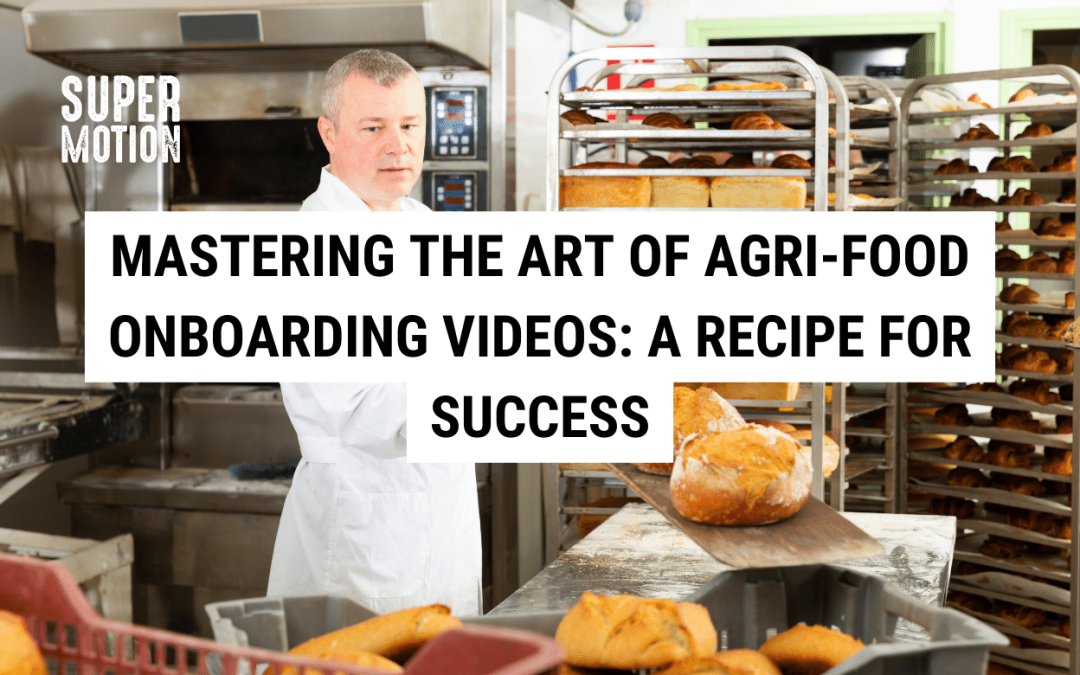





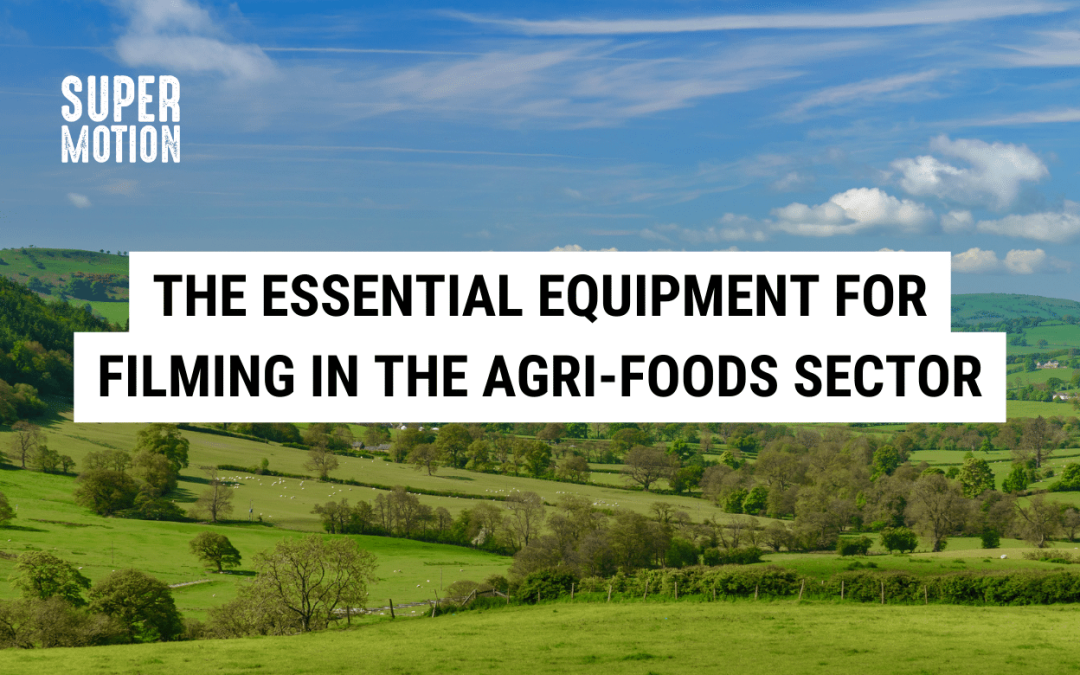

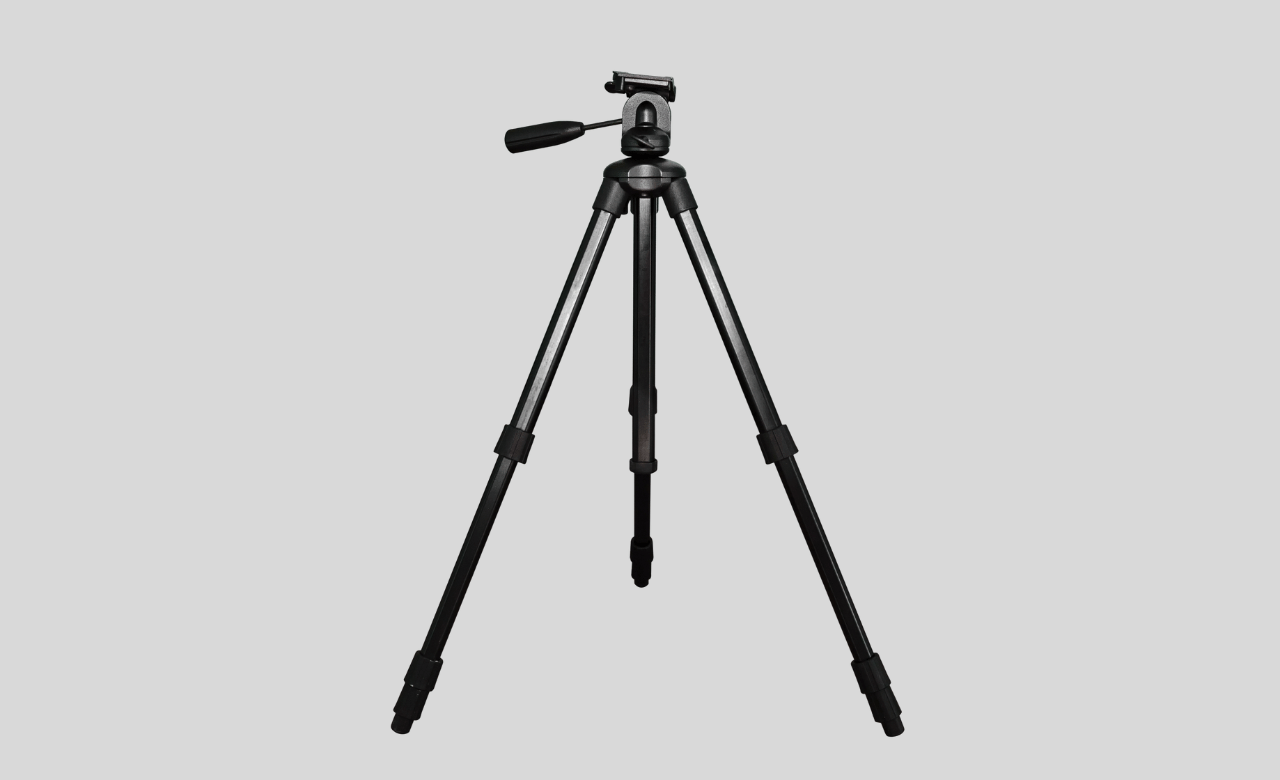



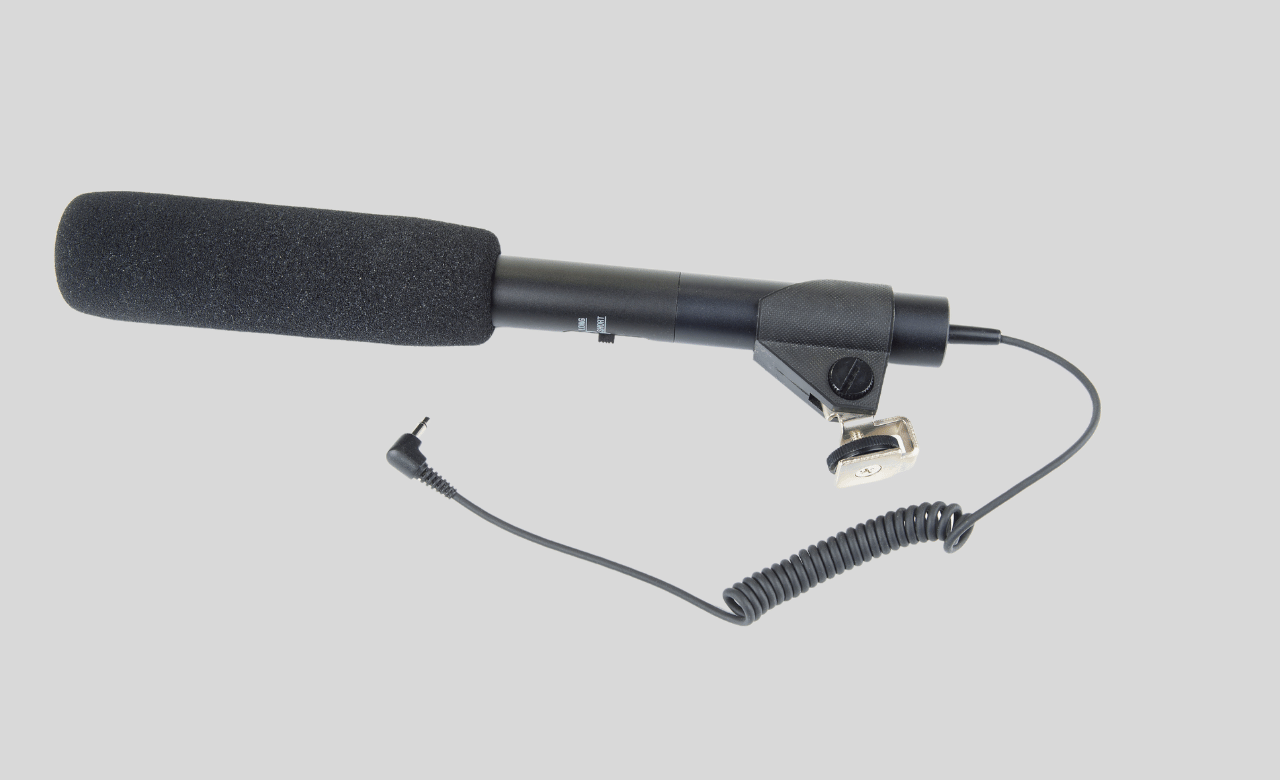






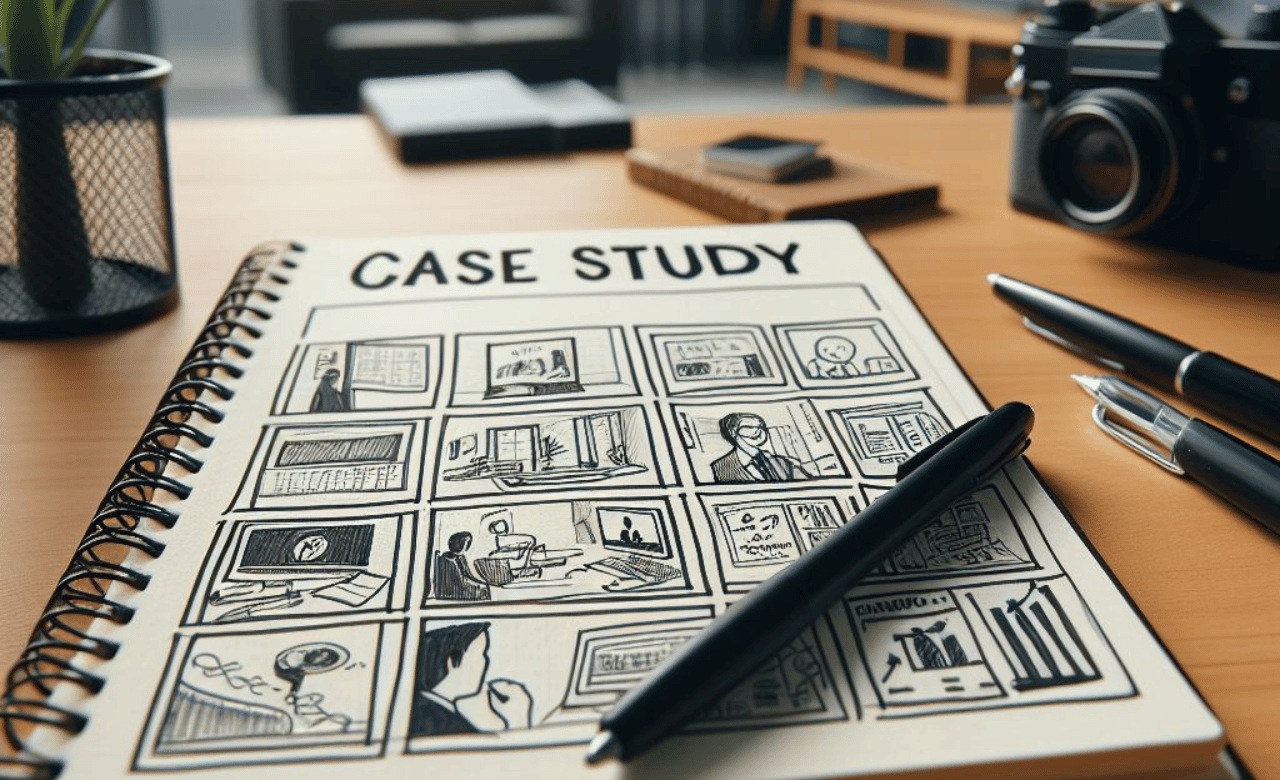




Recent Comments